by: Zach Gilleland
BLUEFIELD, WV (WOWK) — Friday Teamsters Local 175 union members in Bluefield unanimously voted to reject Coca-Cola Consolidated’s final contract offer.
Ken Hall, president of the union says the contract offered Bluefield workers 20 percent less money per hour than workers in Charleston and higher pay for health care.
“They do the same thing in Bluefield as they do in Charleston, there’s no difference,” Hall said. “To think that they would make such a radical change in positions is just mind-boggling.”
Ron Johnson, a union worker in Bluefield isn’t happy with the company’s offer. He says other union workers from West Virginia support their efforts for a better contract.
“They will honor our picket lines so distribution of Coca-Cola will not only be affected in Bluefield, it would be affected throughout the state,” he said.
Johnson says the union and the company haven’t talked since the last offer and is waiting to see if they’ll make another proposal soon.
“Someone’s already making more than us and they get a higher percentage of that raise than we do,” he said. “Then the gap of pay at one facility to another is just growing larger.”
Hall says this can happen to any of their union members from across the state.
“There may be some differential in wages and that might be justified because of the market size,” he said. “This is straight-up ‘what do we get in this year in the contract’ and it’s 31 cents per hour less than they gave Charleston.”
Hall’s concern is that union workers around the state won’t get the raises they deserve.
“They’re trying to take advantage of Bluefield in my opinion because there are less employees in Bluefield,” Hall said.
Bluefield’s current contract expires on July 28.






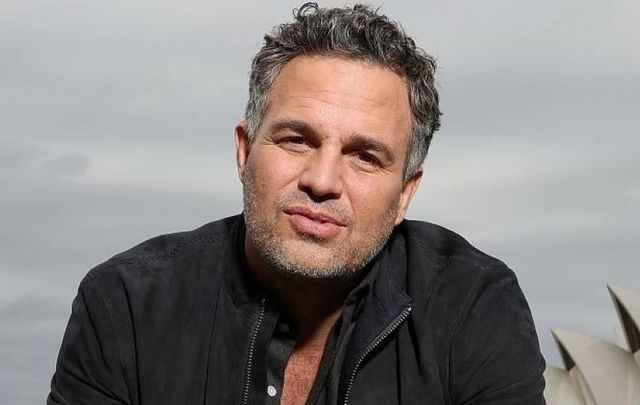
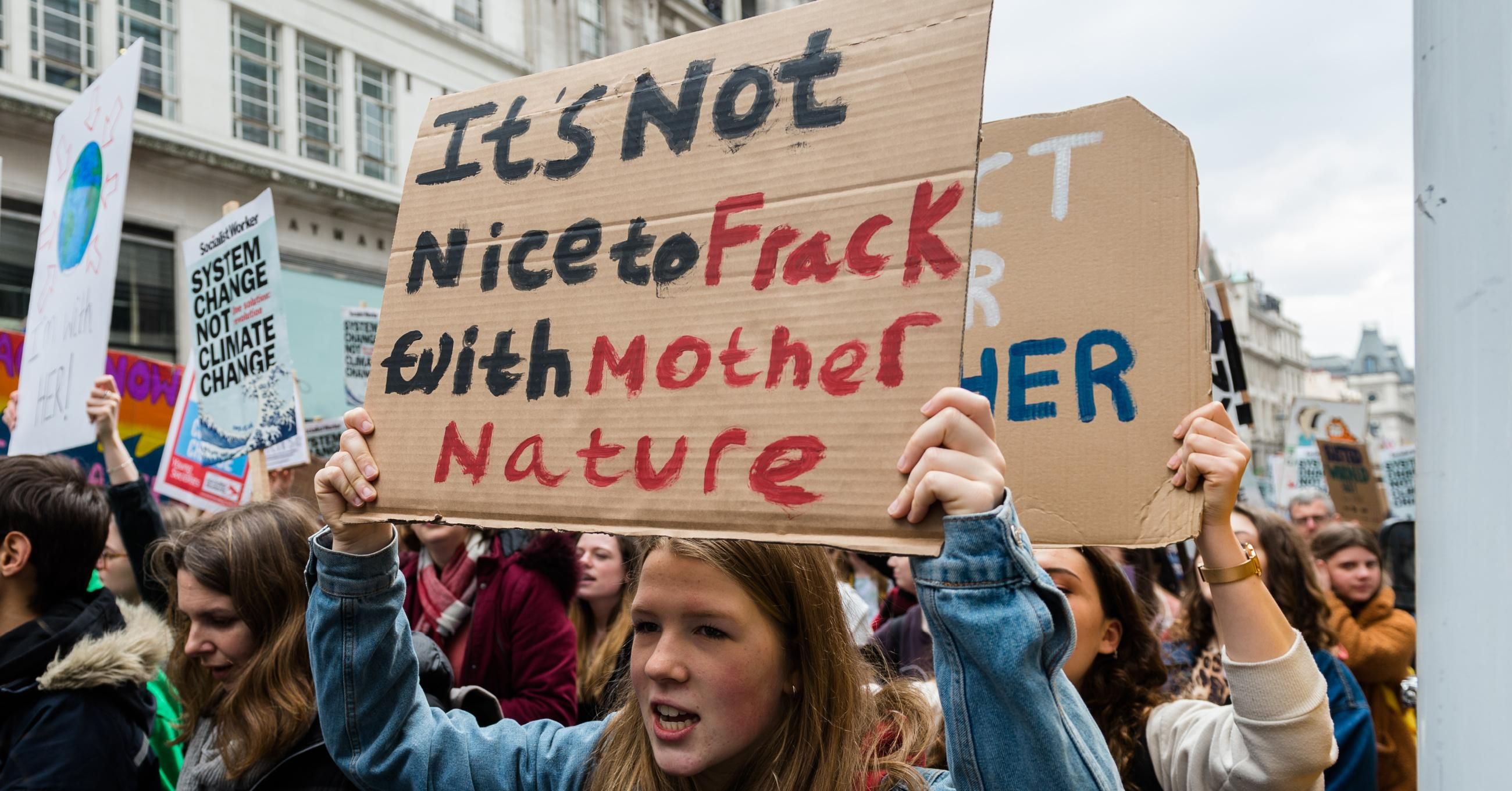





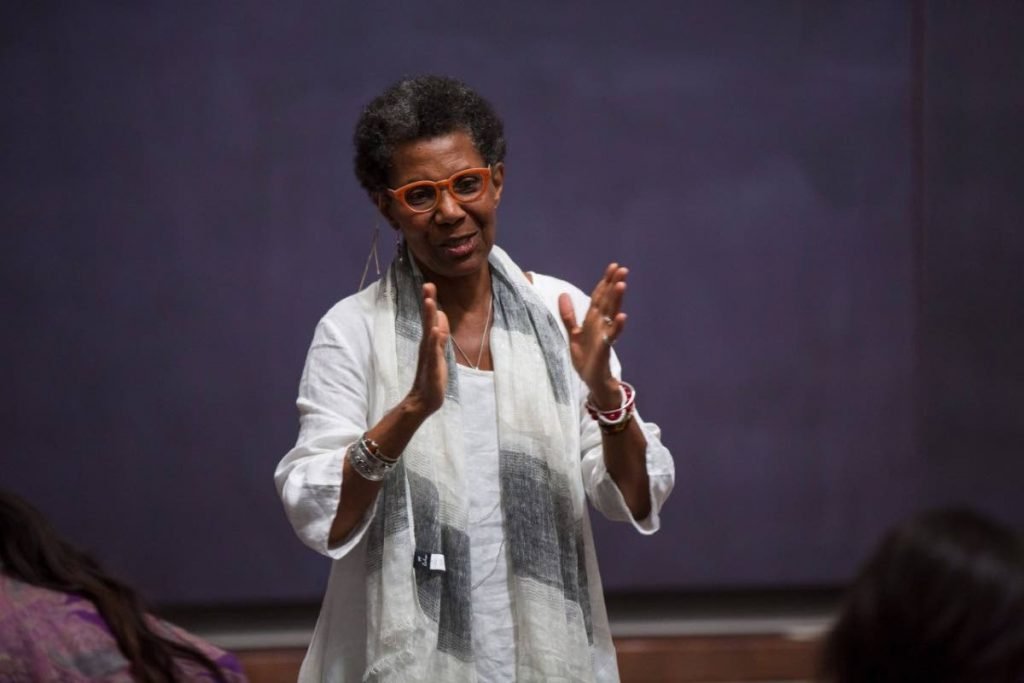
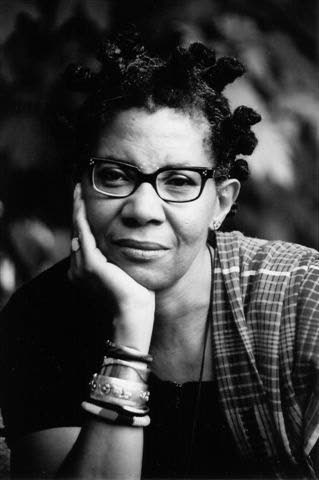
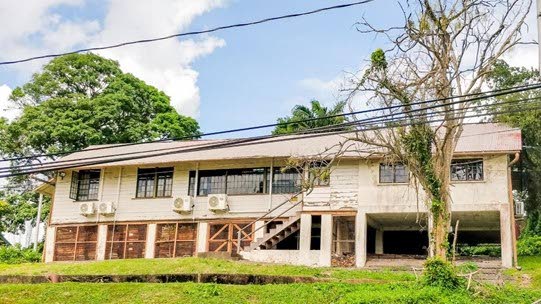




/cloudfront-us-east-1.images.arcpublishing.com/tgam/2OCTYOGG7FBA5MHHZDULRCNMHA.JPG)